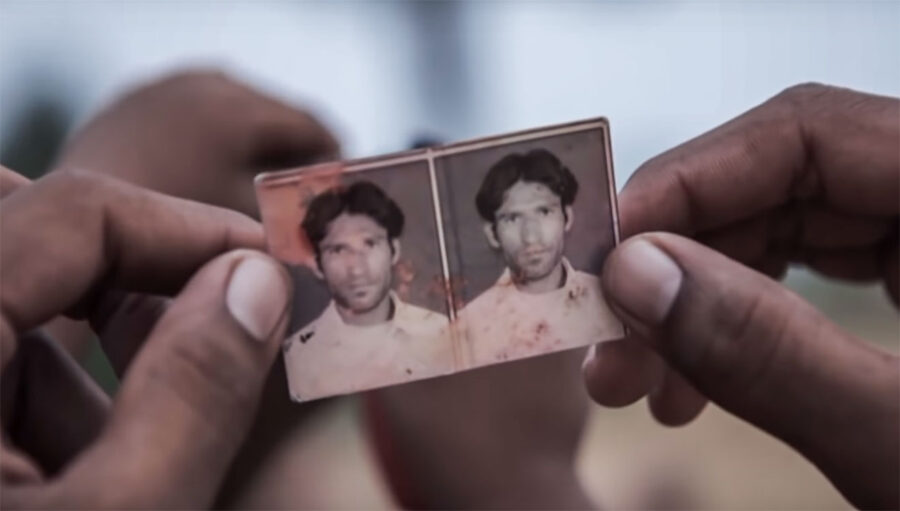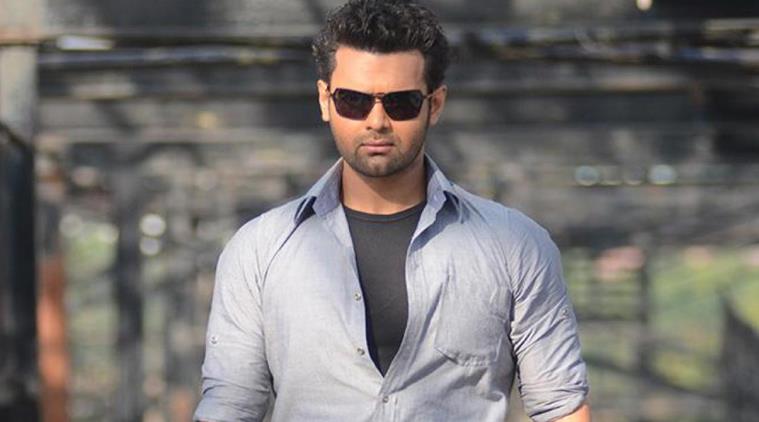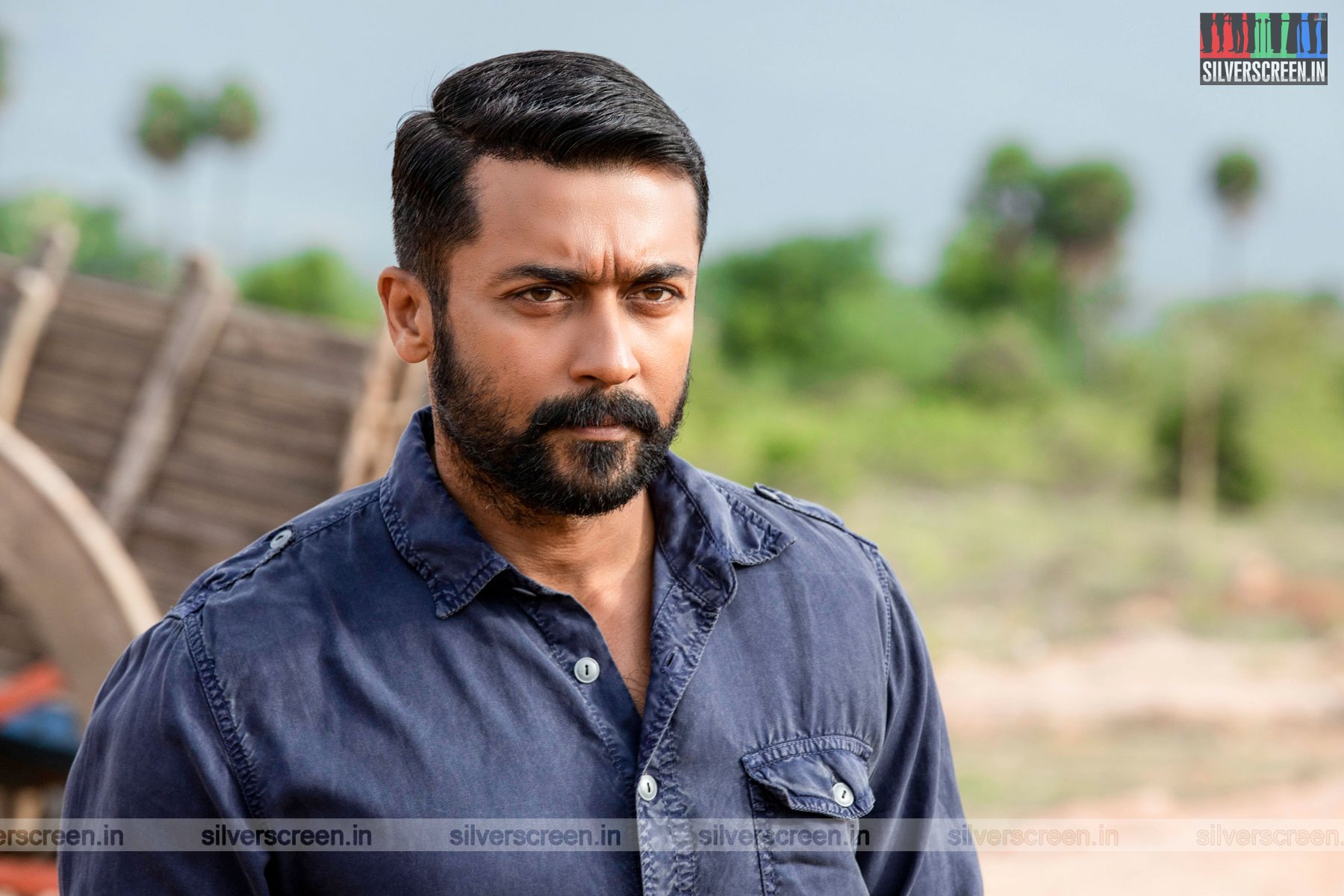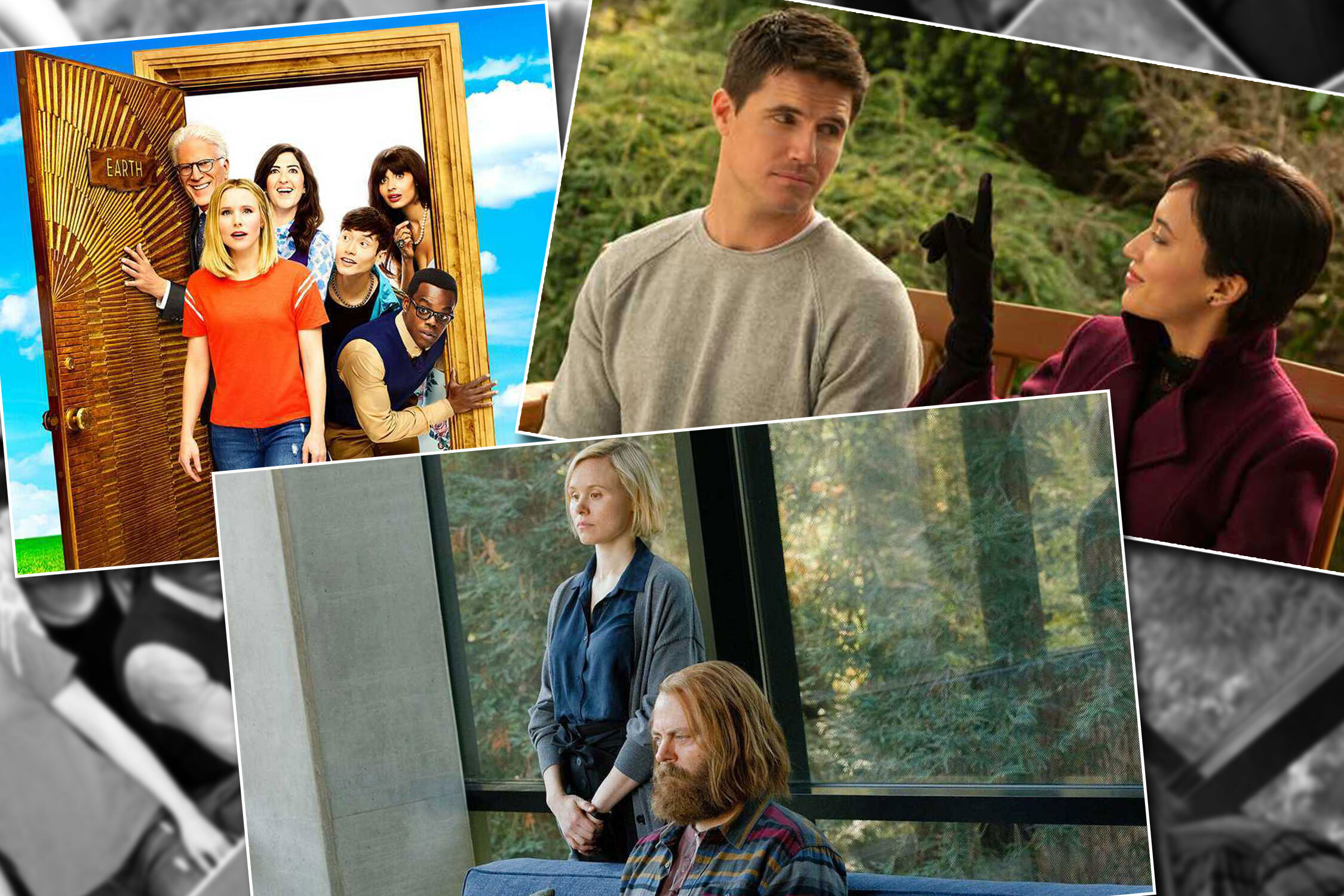On July 20, 2018, Rakbar Khan, a 28-year-old dairy farmer from Haryana’s Kolgaon village was returning home with his cows when a gang of hardline Hindu men arrived on motorbikes, carrying weapons. The men, cow-vigilantes looking out for Muslim men ‘smuggling cows’, lynched Khan who, subsequently, succumbed to his injuries.
In The Hour Of Lynching, an 18-minute-long documentary film in The Guardian documentary series, a group of Muslim men sit under a tree in their village in Haryana, smoke hookah and take an account of their life and future in India. “If we express our anger, we will be declared as terrorists and shot,” one of them says, and others laugh wryly in agreement.
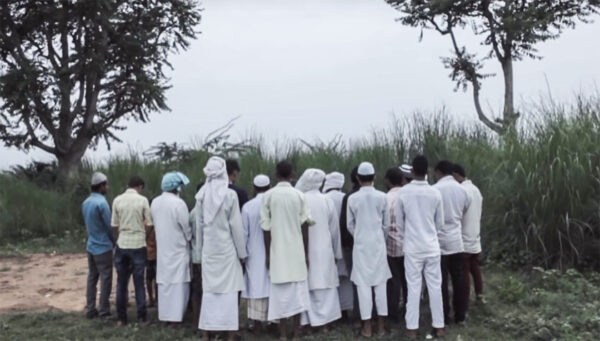
the_hour_of_lynching3
The film spills devastating details of a new order that has found its foot in India. The Muslim community, who constitute a minority in north India, and Dalits are haunted and hunted in a ‘holy war’ for cows unleashed by extremist Hindu forces. The film looks at the issue through the prism of the murder of Khan, whose death is one of the many hate-inspired murders that happened in India since 2014, the year Narendra Modi-led BJP government came to power in India. At least 76% of the victims in these mob-lynching incidents are Muslims.
The film, in tight frames, gives uncomfortably intimate and nuanced view of both the worlds, of the victims, and of cow-vigilantes who say they will defy the constitution of India and “sacrifice Muslims” for Mother Cow and Hindus.
The Hour Of Lynching is the first Indian documentary film produced in collaboration with the Pulitzer Center on Crisis Reporting, and Field of Vision. The film is directed by Amit Madheshiya and Shirley Abraham, the documentary filmmakers who previously made the Cannes award-winning documentary Cinema Travellers, and short documentary Searching For Saraswati, made for The New York Times’ Op-Docs section, which looked into a government-sponsored search in India’s Hindi heartland for a mythical river mentioned in Hindu religious scripts.
***
In the region, hate crimes against Muslims have the silent approval of the government. The police have repeatedly refused to file cases on the lynchers who reveal on camera that they have the police on their side. The slain man’s family is, in their own words, living under oppression and threat from the perpetrators who keep a close eye on them. In the week after Narendra Modi was re-elected to power with a steep majority, The Hour Of Lynching seems like a cautionary tale, remarks Shirley Abraham.
It must have been a gravely difficult film to make. The filmmakers follow not just Khan’s kin, but also his murderers who shrug off any responsibility of his death. The camera follows a group of armed vigilantes on duty at night, who say that they would slaughter anyone who challenge their right to slaughter cow smugglers.
“The victims are people who had nothing more to lose. They embraced us, saw us an ally in their quest of justice,” says Abraham. “On the other hand, it was much harder to convince the perpetrators of this violence. We conveyed to them what we were doing, that we wanted to understand these acts of violence. They come from a place of conviction that they are on the side of right, doing what was necessary. They see it as a call of duty, without any sense of guilt. It is a complex situation where the moral compass has been completely inverted.”
“When we approached the perpetrators, most of them were extremely camera savvy. They knew what media could do to their lives,” says Madheshiya. “They looked at us with a lot of mistrust, knowing that we were not going to tell the story in their favour. Yet they wanted to present their version in the best way they could. And we were aware that they were performing for us.”
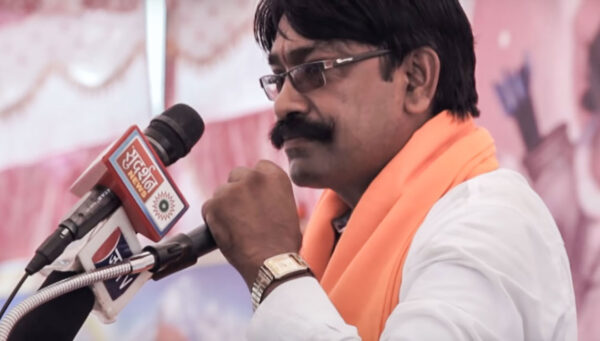
the_hour_of_lynching1
Not everyone the duo approached agreed to be on camera. A high-ranked official, an RSS member, interviewed them in a closed room for three hours to see if they were fit to be talked to. At the end of it, he deemed them unfit, and refused to talk to them. He spread a note of warning to the village, asking people to not talk to the filmmakers.
While making the film, what affected Abraham and Madheshiya the most was the narrative the perpetrators had built, imagining themselves as victims. “The people whom we thought were perpetrators, started playing victims. They put it in such a way as though this violence was necessary. It was bizarre for us to make sense of that kind of victimhood,” says Madheshiya.
The film is bookended with moving visuals of the modest world Khan lived in. On the day preceding Khan’s funeral, the family and neighbours gloomily pass among themselves his passport-sized black and white photograph. Two men check on their phones for a video of the mob lynching Khan, as the dead man’s old father sits watching. “There is no video since it happened at night. Had it happened during the day, there would have been a video of him,” they remark.
Videos of mobs lynching Muslim men in different parts of India are available for viewing on internet. These films, systematically filmed and spread through WhatsApp and social media, aid the perpetrator’s cause by fuelling and empowering communal hate.
“Lynching is a strange phenomena. It happens for the benefit of an audience, to send a message across the people you like or hate. These images were created out of impunity. They know nothing is going to happen even if they are caught. There have been incidents were murderers were garlanded. The first audience is the minority population, that you are not safe here, this isn’t your land. At the same time, the dual message to the majority is that, act in a similar fashion,” says Madheshiya.
“These videos are the economy of lynching. The scale isn’t in the number of bodies, but mounted on these videos which replicate that one message. It says (to the minority communities) that nothing – law of the land, a sense of right or wrong, or your religion or friends – can save them now. These lynchings are like a performance staged for a live audience and even a much bigger virtual audience, ” says Abraham. “And the videos are free too. It’s a terrifying era of image proliferation that we are living in,” Madheshiya adds.
The film closes with a melancholy visual of Khan’s daughter Sahila, who must be in her early teenage, meekly accepting the fate that has fallen on her and her people. She has quit school to take care of the family in the absence of her mother who is in the mourning period. The child emptily stares at the cameraperson, gets up and leads the cows to the field.
Recommended
The Hour Of Lynching, like Anand Patwardhan’s Reason, tries to pierce into the great silence around incidents of communal violence in India. “Silence is an active ingredient in all these incidents,” says Abraham who believes it is important to document and mark these incidents in this dark hour. “The film doesn’t conclude on an optimist note, but we were told by many people (affected by hate violence) that it legitimised their feelings. That is the response I am getting from a lot of friends who are Muslims. Throughout the course of making the film, we had our crests and troughs, but mostly, we were affected by a sense of hopelessness. We wanted to make a film as a response to this time with the tools that we had. That’s the only solace we came back with.”
Watch the film here:
***
